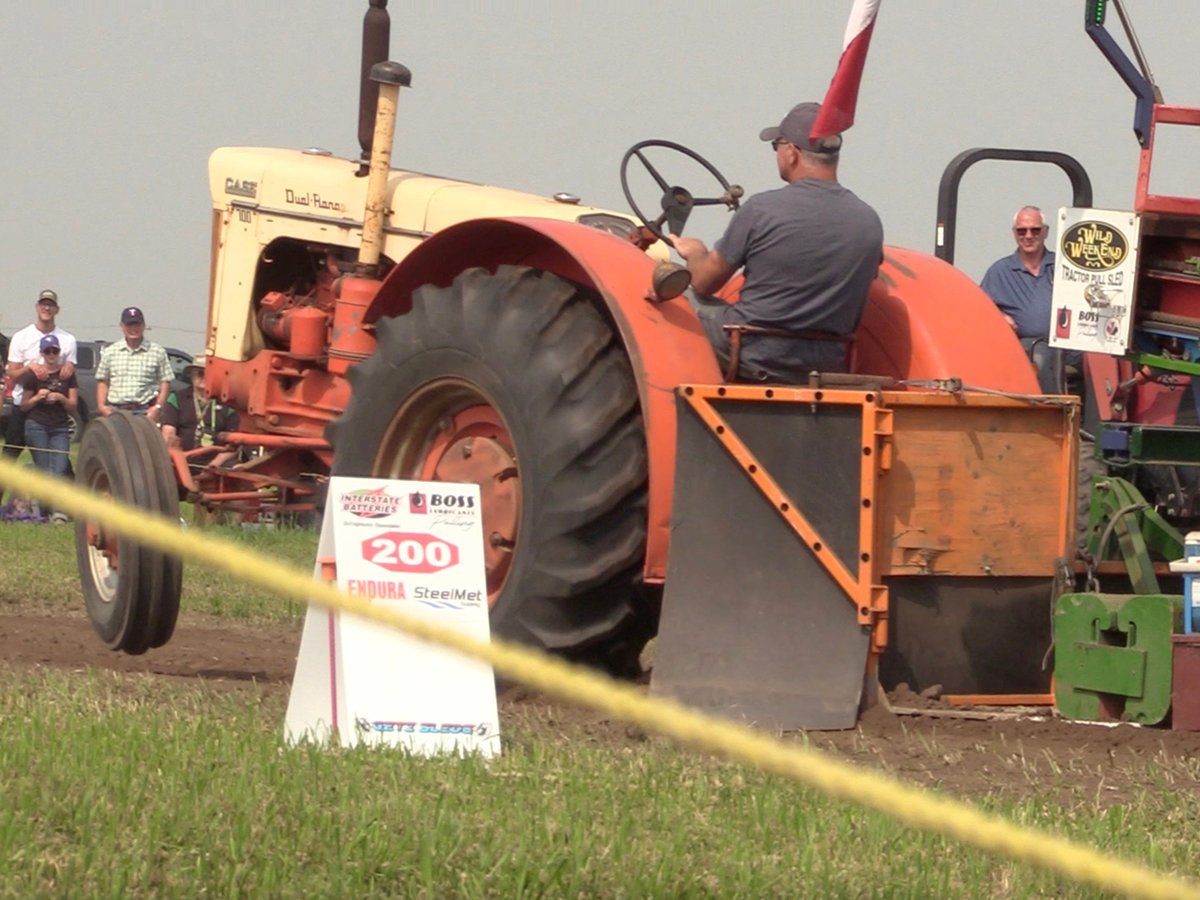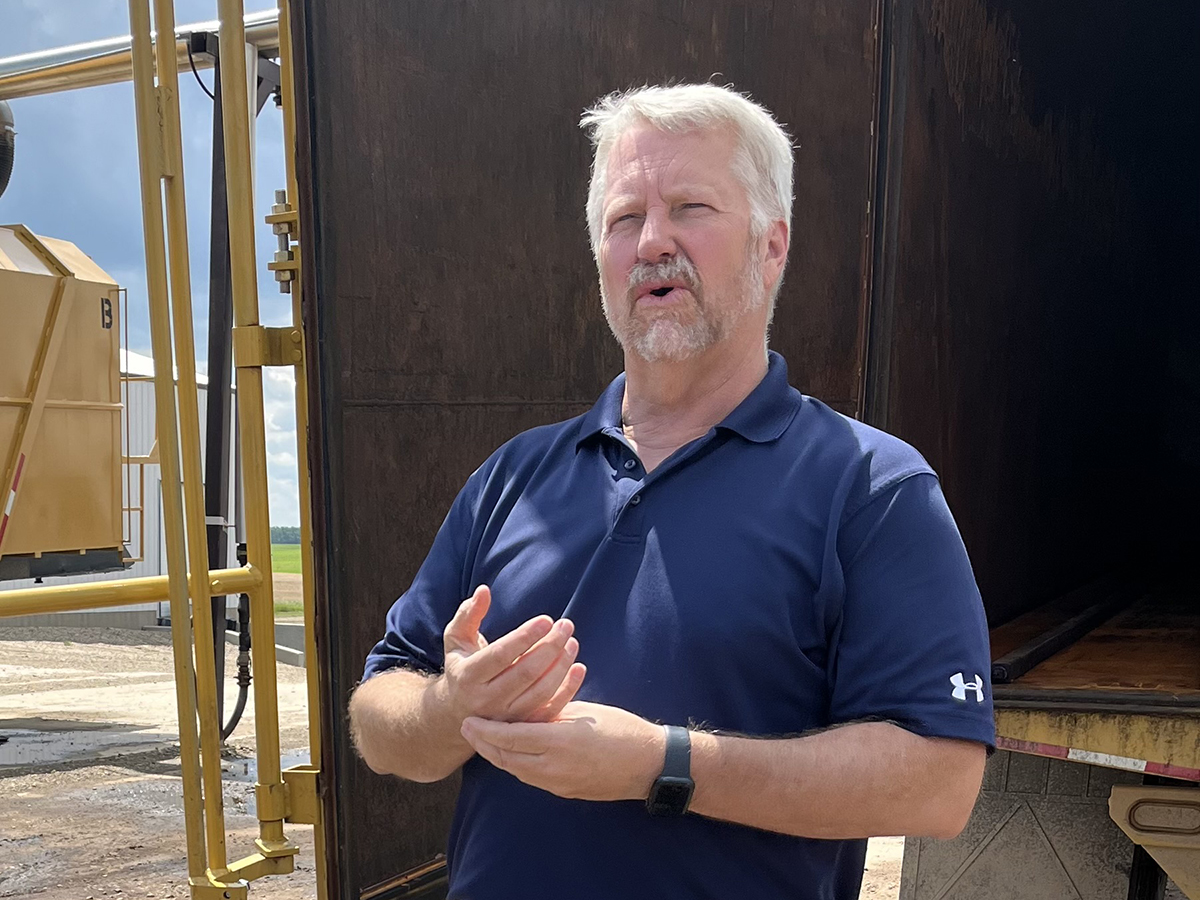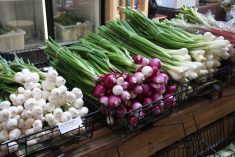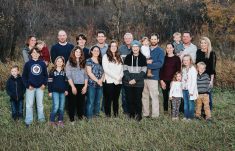BOW ISLAND, Alta. —The french fries at your favourite fast food restaurant, the seed for your front lawn, even the mint flavouring in your toothpaste — any of these could have been produced in Alberta by Quattro Ventures.
Four farm families formed the joint venture in 2010 after being part of the Palliser Triangle Marketing Club since 1994.
Quattro chief executive officer John Van Tryp said the families learned a lot together and often met at the provincial agriculture building that then existed in Bow Island. In about 2007, the agriculture minister was coming to the community to meet the club members, and one put together an overview of their farms.
Read Also

Vintage power on display at Saskatchewan tractor pull
At the Ag in Motion farm show held earlier this year near Langham, Sask., a vintage tractor pull event drew pretty significant crowds of show goers, who were mostly farmers.
“After that meeting … somebody said, ‘hey, that’d be a pretty awesome farm, wouldn’t it?’ ” he said.
Four of them began to look seriously at different ways to put their farms together and spent two years negotiating how the joint venture would work. Each brought different commodities to the table. One brought potatoes, another essential oils. Others grew sugar beets, beans and seed canola. Today the joint venture includes a grass seed company and a leafcutter bee operation.
Van Tryp said it took time to meet with various accounting firms, government extension staff and contacts from the marketing group to consider how it would work.

They began renting land in 2009 when an opportunity arose to obtain a block. The joint venture couldn’t borrow money, so they set up Quattro Farms, which held some of the equipment and the employees.
“Quattro Ventures was the four farms working together in one group, and then we just shared profits at the end of the year,” Van Tryp said.
He said the marketing club was progressive. Members liked to try new things and could see the benefit of working together. At the same time, they didn’t fully share financial information and strategies because they were also in competition.
“When we brought this together, it was actually for me a real eye opener because there was three other farms that I had the opportunity to look into the books of and try to understand why they were doing things a certain way,” he told a group of Saskatchewan and Alberta farm writers.
He thought they would bring in a CEO from outside the families, but instead he took on that challenge.
The original families are involved at the board level, and a fifth family has joined. They farm about 25,000 acres under both irrigation and dryland practices.
Van Tryp said they didn’t actually know each other that well, but knew fairness was a key principle for the venture to work.
“One of the main factors we took into account when we were negotiating it was, if any one of us is getting an advantage over the others, it’s going to fall apart,” he said.
“We just took our time. We’re all different sized farms. We all had different crops that we’re growing, so we based it on what you’re contributing to the group.”
They decided that any future growth was because of the joint venture and they wouldn’t make decisions based on the past.
There is an exit strategy for anyone who wants out.
In the end, Van Tryp said they are still family farms, just five farming together.
“Truly, we’re five business families that have chosen farming as our profession,” he said.


















